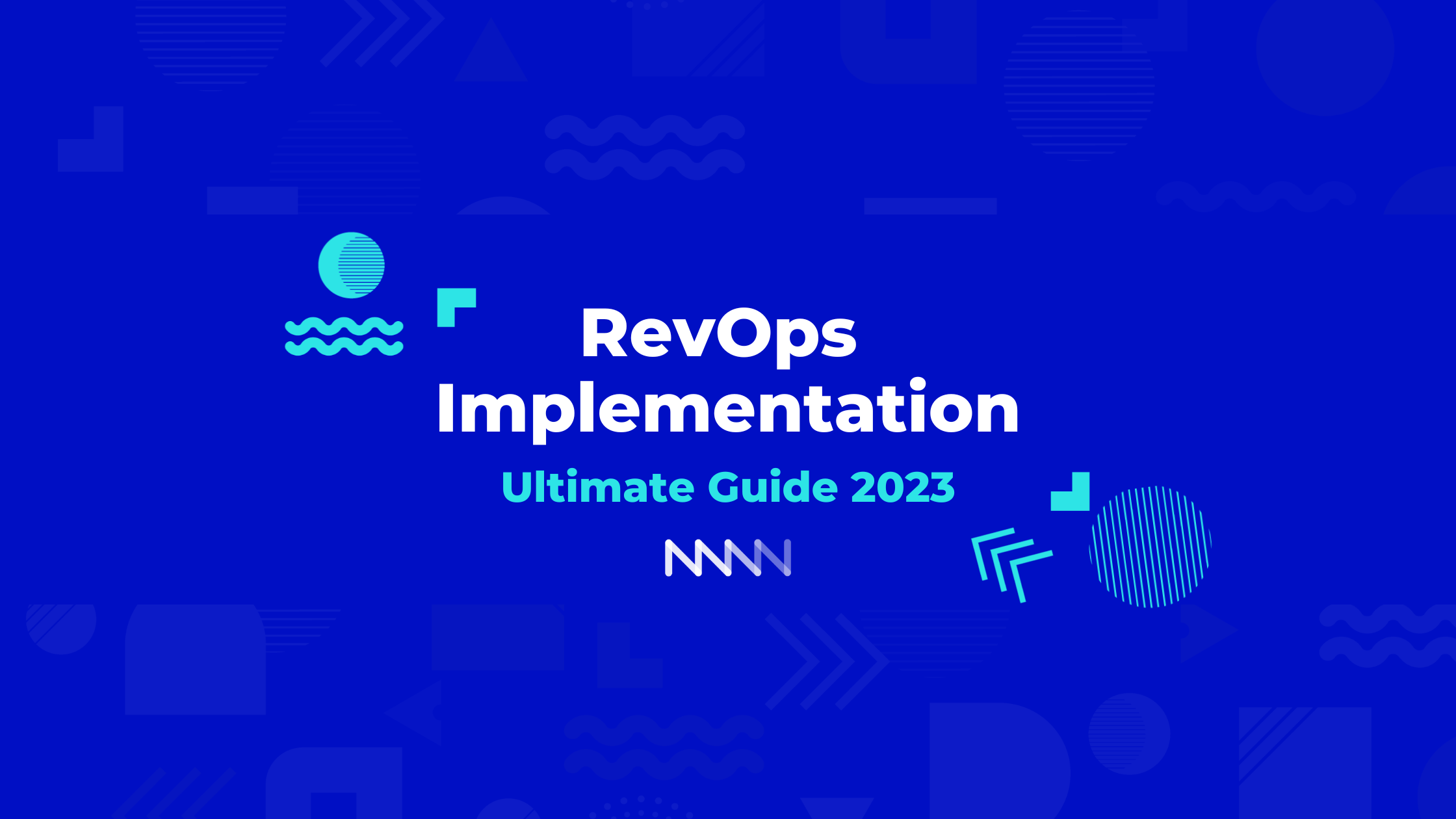- The RevOps Learner
- Posts
- Mapping Your Way to Efficiency: The Power of Process Mapping
Mapping Your Way to Efficiency: The Power of Process Mapping
In Revenue Operations, one of the most effective tools for spotting inefficiencies and driving improvement is process mapping. Whether it’s streamlining handoffs between departments or identifying gaps in your data flow, process mapping allows you to visually analyze each step, understand where friction points exist, and create a roadmap for a more effective process.
So, where do you start? With process mapping, it’s essential to begin by defining your current state. Map out every step as it currently happens, documenting the exact flow of activities, handoffs, and systems in play. This level of detail is crucial because it reveals any existing bottlenecks, redundancies, or breakdowns that might otherwise go unnoticed. For example, you may find delays in lead routing from marketing to sales or unnecessary manual steps in data handling. Capturing these details at the current state level lets you fully understand the process's strengths and weaknesses as they stand today.
Once you have a clear view of your current state, the next step is to visualize the ideal future state. This is where you design the optimal version of the process, eliminating inefficiencies identified earlier. Focus on simplifying steps, improving communication, or introducing automation where possible. Your future state map serves as a clear target, a blueprint of what an improved process will look like and how it will operate.
The transition from current to future state is an opportunity to set specific goals for improvement and communicate these changes effectively to your team. When used well, process mapping can be transformative for RevOps. Not only does it pinpoint areas for immediate enhancement, but it also ensures that all team members are aligned and understand the roadmap for ongoing efficiency gains.
Process mapping is a powerful tool—one that clarifies where you are, defines where you want to go, and lights the path to get there.
Some good resources for further reading

